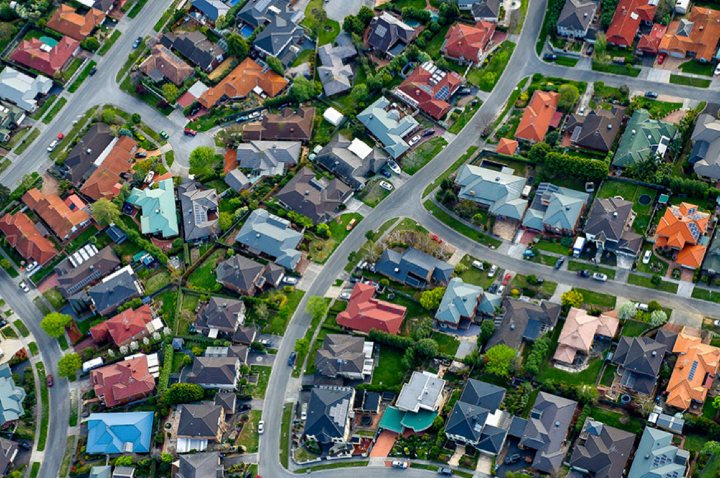When it comes to choosing a new home, location is just as important as the property itself. It’s not enough to look at how many bedrooms a place has, or how many bathrooms. Proximity to certain amenities, or indeed distance from them, can significantly impact the value of a property. While you can probably talk about the areas you would or wouldn’t want to buy in the town or suburb you currently live in, other areas may be a mystery. How can you work out where you should or shouldn’t buy in a place you’ve never been? This is where suburb profiles can be handy.
What is a suburb profile?
A suburb profile is a brief description of a suburb based on certain market information, such as demand in the area, average house prices and more. Each suburb profile compiler will gather different information, but the aim is to give you the tools you need to compare suburbs with each other.
How do I use the information in suburb profiles?
When you’re only comparing suburbs on one factor, such as average house price or numbers of schools, you miss out on the more complicated picture. For example, house prices might be higher because it’s a ‘prestigious’ suburb, not because there’s anything beneficial about the location per se. Conversely, an area might be cheaper because it isn’t zoned for the high-demand schools, but if you don’t have school-aged children, this is less of an issue. While most suburb profiles won’t go into this depth of information, they give you similar information about different areas to use for comparison.
Median house price
This is probably the first thing that you’ll look at when looking at properties, and rightly so. While it won’t tell you everything you need to know about a property, it will let you see which suburbs you can afford to live in, or near. Also, if a suburb looks good on paper but is cheaper than neighbouring suburbs, it might be worth doing some research to find out why that might be.
How many properties are available
If we have to start somewhere, it’s a good idea to know how many properties are available in the area. Fewer properties on the market can be a good thing, as it lets you know that most people in the area are happy with their houses, but it’s important to consider the age of the suburb as well. A new development may not have any properties on the market, but that might be because most of the people who have built there recently can’t move yet because of the restrictions of the first homeowner’s program, or they could be NRAS properties.
How many interested buyers are there?
Some websites will give you an idea of how many buyers are seriously looking at houses in the area. This shows you the organic level of interest. If you’re looking to buy or invest, this can help you know how competitive buying might be, and also how popular areas actually are. Suburbs with high prices but little interest might have issues that you aren’t aware of.
What else do I need to consider about an area?
What amenities are available?
The services you want to be close to will depend on your household’s needs. You might want to be close to hospitals for health reasons. You might want to be in the right suburb for your preferred local schools. You might want to make sure that you’re near a vet in case your fur babies take ill or have existing health conditions. Check for these amenities in the areas you’re looking for, as well as parks, cafés, supermarkets and more.
Are there major changes or future plans that might impact me?
Nothing stays the same forever. Suburbs and towns change, and it’s important to keep on top of what’s happening, and how that might impact house prices. As a relatively recent example, school boundaries changed for Brisbane High School a few years ago and homeowners who were no longer zoned for the school lost property value overnight.
Conversely, as competition grows for those school places, suburbs that fall in those zones may increase in price through sheer increase demand rather than any material improvements to the suburb itself.
While a suburb profile won’t give you all the answers, they can give you a useful snapshot of the area. This way, if you’re interested but the factors don’t seem to be adding up, you can always do further research to see if an area might be a good fit for you.

